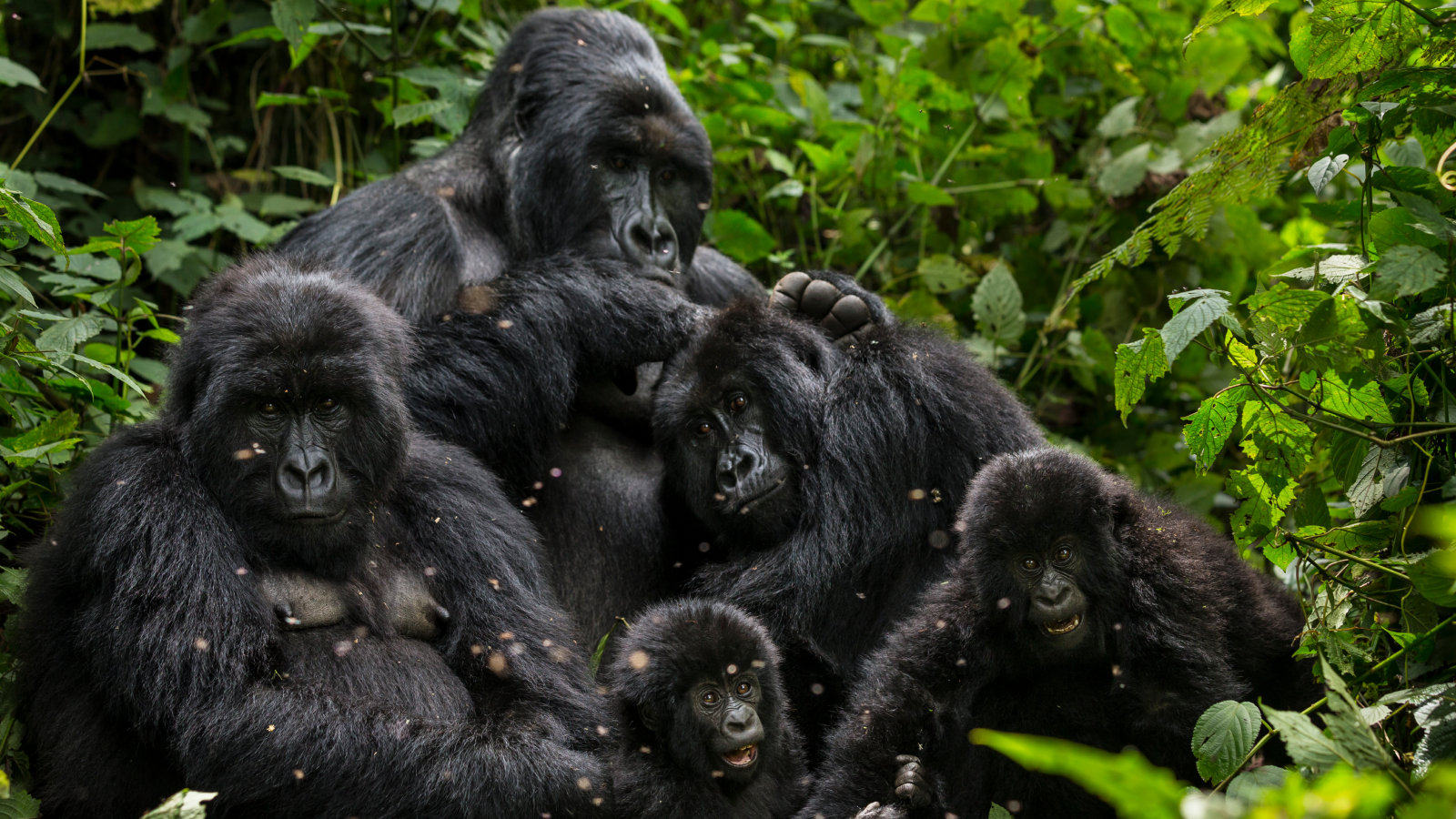Castration May Protect Reindeer in Warming Arctic

A possible solution to help Arctic reindeer cope in a warming world may sound out there, but researchers say it may very well be the solution: castration, Reuters reports.
Neutered male reindeer grow larger and as such are more fit for breaking through thick layers of ice with their hooves and or antlers to get to the lichens beneath, Sami researchers found. These bulkier reindeer also seemed more willing to share food with calves than other males, according to Reuters.
Climate change means Arctic temperatures vary more, with thawing snow refreezing to form a thick layer of ice over the reindeer food.
Reindeer herders tend to castrate the animals, partly to make them more docile, but this new finding suggests it's a way to keep the herds healthy as their habitat warms. Reuters notes that in Russia, herders castrate about half of all male reindeer usually by biting into the testicles with their teeth.
In fact, reindeer and caribou numbers worldwide have plunged nearly 60 percent in the last three decades due to climate change and habitat disturbance caused by humans, found a 2009 study published in the Global Change Biology Journal.
(Reindeer and caribou are two names for the same species -- Rangifer tarandus -- with reindeer generally referring to the domesticated variety that are herded by humans and pull sleds.)
Read the full Reuters story.
Get the world’s most fascinating discoveries delivered straight to your inbox.
You can follow LiveScience managing editor Jeanna Bryner on Twitter @jeannabryner.



